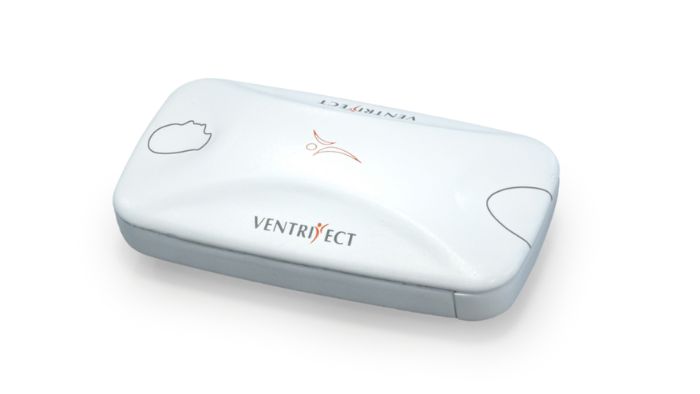CRF data offers valuable insights into the risk of disease, surgical complications, and death. The gold standard method of measuring CRF is to conduct a cardiopulmonary exercise test (CPET) to exhaustion. However, CPET is not accessible for most people because it is expensive and requires technical expertise. Accurately estimating CRF using a low-cost, easy- to-use device could be highly useful for clinicians and exercise professionals.
We recruited participants from local cardiac rehabilitation groups, conducted maximal exercise tests (CPETs), and compared the results to VentriJect's estimated fitness level. So far, we have published an abstract in Heart, and presented data at a British Association for Cardiovascular Prevention & Rehabilitation conference.
The next steps are to work with the company to refine the device's algorithm, publish the findings in a scientific journal, and apply for a grant to test the device on a larger scale.

